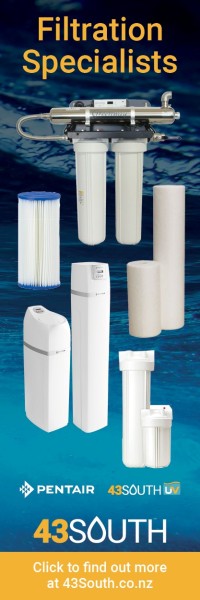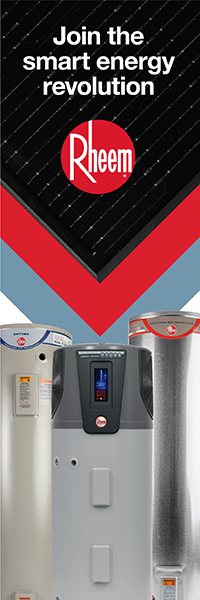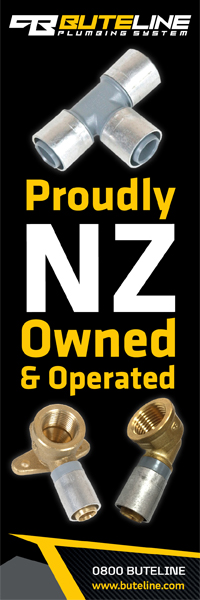Underfloor heating and cooling
11 January 2023
As well as being a renewable heat source with low running costs, air-to-water heat pump technology enables both heating and cooling for underfloor systems, as Waterware explains.
 Water-based underfloor heating systems have been in widespread use in New Zealand for many years. Their advantage in terms of comfort over air-based heating systems is well known in the market. It’s very hard to beat the luxurious comfort of an actively heated slab warming the house silently, using radiant technology.
Water-based underfloor heating systems have been in widespread use in New Zealand for many years. Their advantage in terms of comfort over air-based heating systems is well known in the market. It’s very hard to beat the luxurious comfort of an actively heated slab warming the house silently, using radiant technology.
As the market transitions to renewable heat sources, gas and diesel boilers are being replaced with air-to-water heat pumps. These appliances have advantages both in environmental footprint and in running cost savings.
This new technology expands the capability of the floor-based system by also allowing a cooling effect by supplying cool water. The basic structure of the system is identical whether it is a heating-only system or a heating and cooling system—the only significant difference is reducing the temperature difference across the system from 10°C to 5°C. All the advantages of radiant floor heating also apply to radiant floor cooling: comfortable, silent and hygienic, with low running costs.
The critical component for radiant cooling is the control system, and the biggest challenge is avoiding condensation on the radiant surface. To maximise the performance of the system, it is best to have dynamic dew point management that electronically changes the temperature of the water sent to the system. The system calculates a theoretical dew point considering the indoor temperature and humidity. This changes the set point inside the appliance, giving a system wide dew point management.
Within each zone, a heating and cooling thermostat can be used to activate and deactivate each area on demand like a traditional underfloor heating system. This type of control system allows you to use the coolest possible water without creating condensation, dynamically adjusting as the environment changes in temperature or humidity.
Older control systems, which operate with fixed water temperature and rely on on/off zone control only, are much less effective because they stop working when you need them most rather than dynamically adjusting the power while avoiding condensation. The water temperature used in the system when in heating mode is between 25°C and 45°C, which will produce a concrete temperature of between 23-28°C.
This level of power will heat most buildings to between 20-23°C. When in cooling mode, water temperature will vary between 12°C and 18°C depending on the indoor temperature and humidity. This will produce a concrete temperature between 18°C to 22°C. In optimal conditions, the expected performance of a floor-based cooling system is between 3-4°C reduction in indoor temperature.
While floor-based heating systems are effective under most floor coverings, a radiant cooling system needs to have the radiant surface exposed directly to the environment to have a significant cooling performance. For this reason, only polished concrete, tiled or vinyl are recommended. For areas where other floor coverings are used or higher cooling performance is required, radiant ceiling-based systems can be used either as a standalone solution or in combination with floor systems.
About the author: Waterware are innovators, setting the pace in New Zealand since 1989 with hydraulic radiant heating and cooling technology. If you have a project suitable for radiant cooling and would like to explore your options, contact the Waterware team for cost estimation, design and sales support.














































